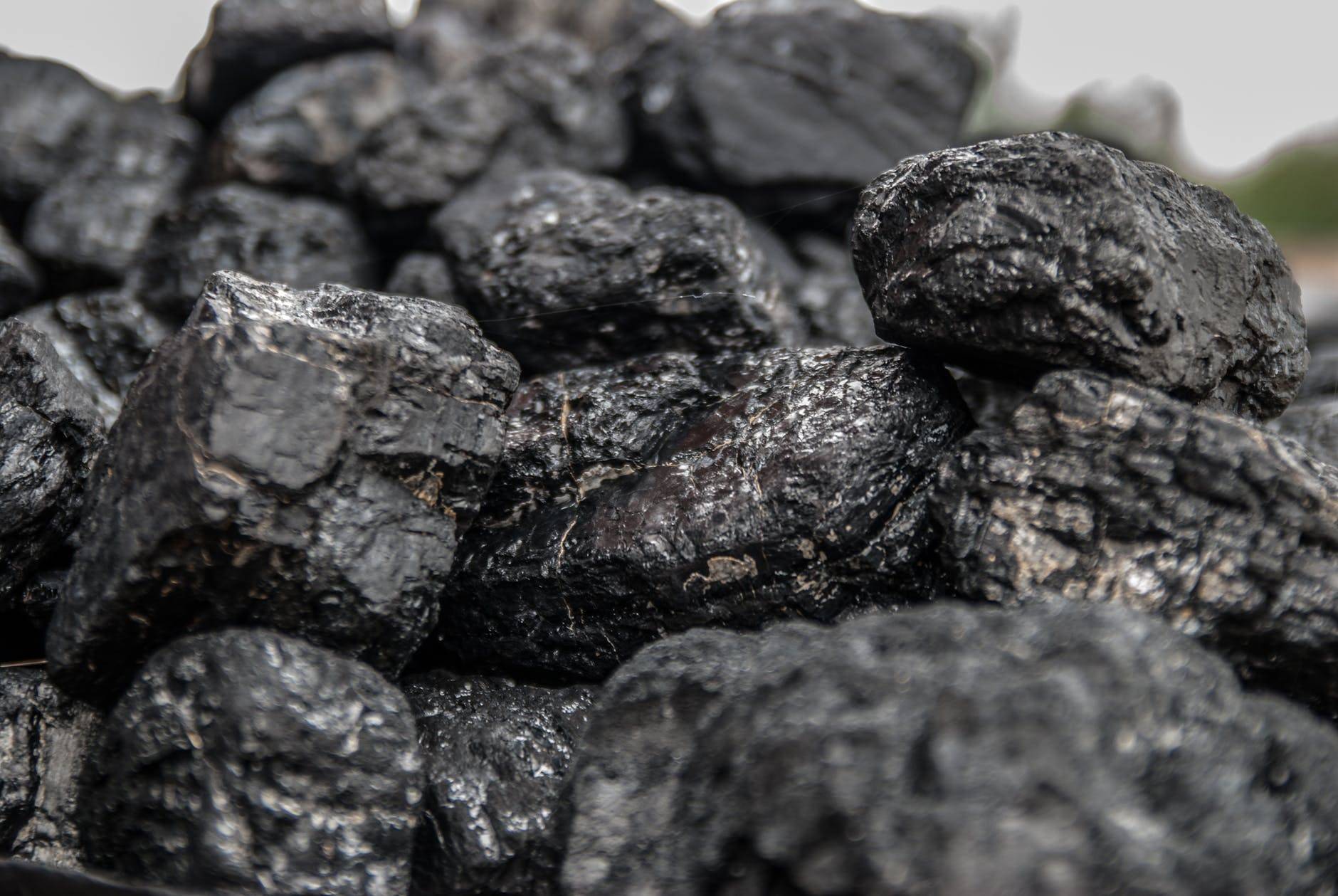Solar Jobs Vs Coal Jobs
Solar Jobs are increasing but the price drop in the earlier years was driven by a huge manufacturing surplus, mostly from China. Later around 2013, the price continued to drop, but more slowly. These reductions were driven by other factors like more efficient panels and by the fact that the adoption of solar power spread by word of mouth.
This contagion effect, plus tax credits and financing options that make it possible to buy panels without paying a lot. Upfront is all these factors that have led to a massive increase in solar installations.
On average, a new rooftop solar system is installed in the US. Every four minutes. And all of those installations require a lot of workers., This is why the number of solar jobs – employees has more than tripled since 2010.
Meanwhile, the number of coal jobs in the US has fallen sharply. But if you look at the data, you can see that this trend has been in the works for decades. At its peak. In the mid-1920s, the coal mining industry employed about 900,000 people. How Solar Works
Facts Based on Solar Jobs Vs Coal Jobs
But the number of solar jobs has been falling ever since. The Great Depression decreased demand and technological innovations drove the first wave of job losses. More recently, the numbers dropped thanks to a major competitor to coal.
“Energy companies are increasingly scouring the country for natural gas. … ” & Hydraulic fracturing is behind the coast-to-coast energy boom. & “ … cracking the shale rock thousands of feet beneath the ground and freeing the precious fossil fuels.
Inside.”Fracking is a remarkable innovation. The electricity that charges your phone and powers. Your refrigerator gets there through wires that are controlled by an electric utility company.
. These companies build and manage the power plants that turn fuel like coal and natural gas into electricity., But not all fuel is created equal., Because advancements in fracking technology have made natural gas, cheap and accessible utility companies are buying way more of it — and way less Coal.

In 2005, coal-fired power plants produced about half the nation’s electricity. By 2016 that share had fallen to about 30 percent. Natural gas has another big advantage over coal. It gives off significantly less carbon dioxide when it’s burned for electricity.
Power plants are responsible for about a quarter of carbon dioxide emissions and that’s why the EPA under President Obama issued 10 different regulations targeting coal-fired power plants, which critics often blame for the coal industry’s decline.
President Obama has hurt the heart and soul of my state, our proud coal miners, and the communities where they live. An onslaught of over-regulation of federal regulations has made it harder to mine coal and harder to burn coal.
We’re going to save the coal industry. We’re gonna save that coal industry. Believe me, we’re gonna save it., But the truth is a lot of this might be out of President Trump’s hands. A group of researchers from Columbia University studied the factors that led to the 27 percent drop in coal production between 2011 and 2016.
And they found that Obama’s new regulations were responsible for about three to five percent of that decline. Natural gas decreased demand and renewables like wind and solar played a much bigger part.
The coal industry’s troubles started way before Obama, but his regulations continue to be the focus of Trump’s rescue plan. The war on coal is over. We will put our miners back to work.
Unless President Biden starts to acknowledge some more important factors behind coal’s decline: there’s not much. He can’t do anything to bring back those jobs.
